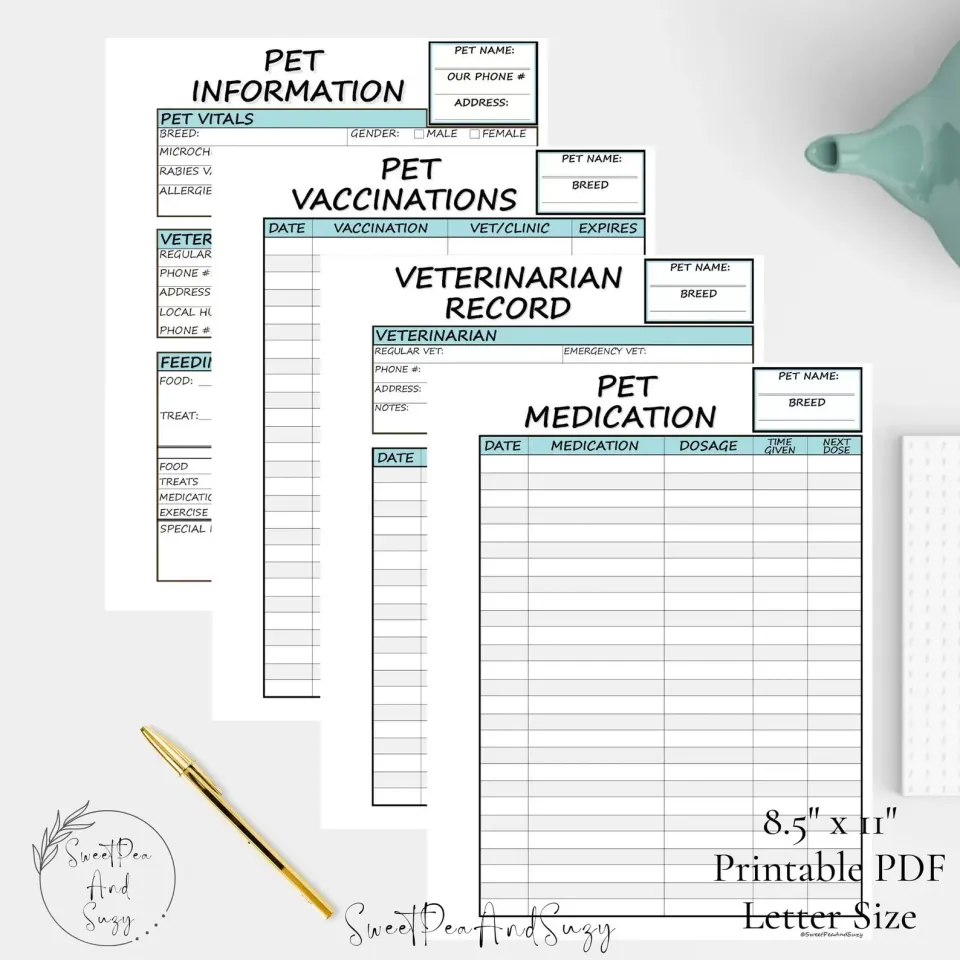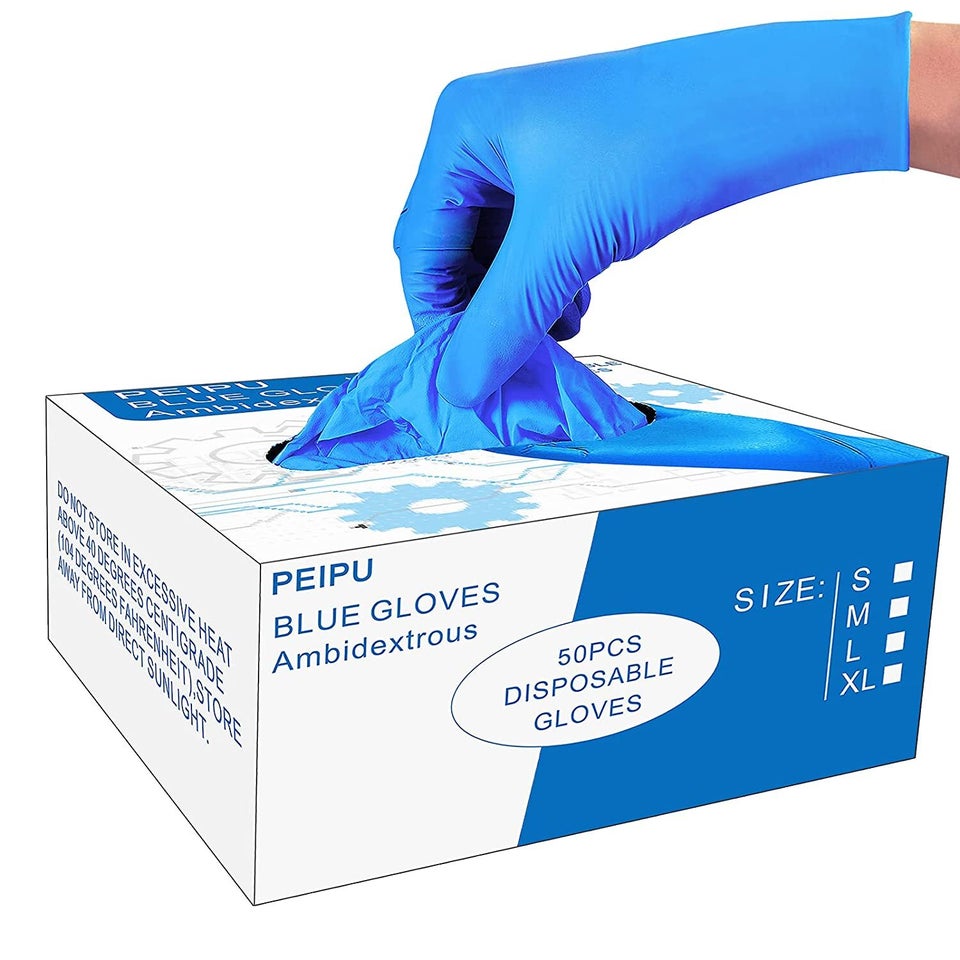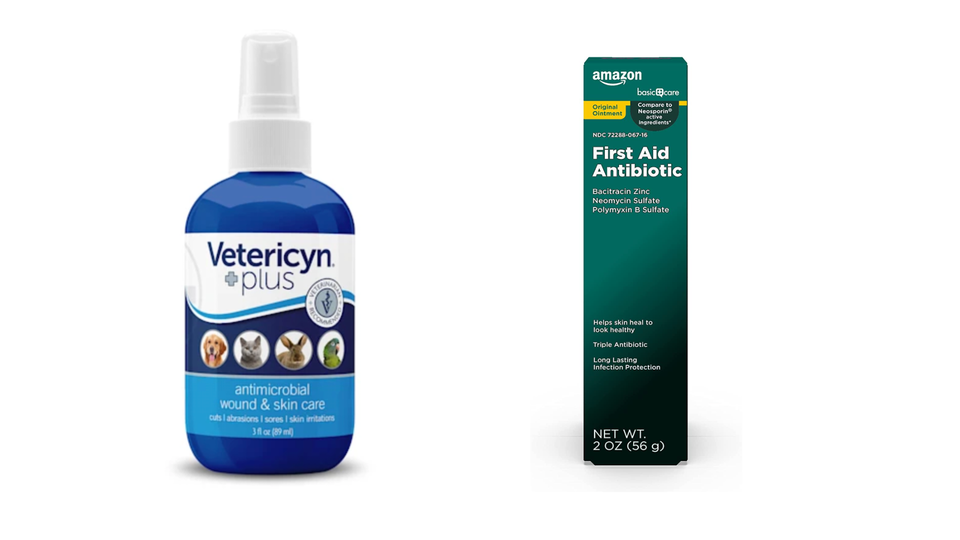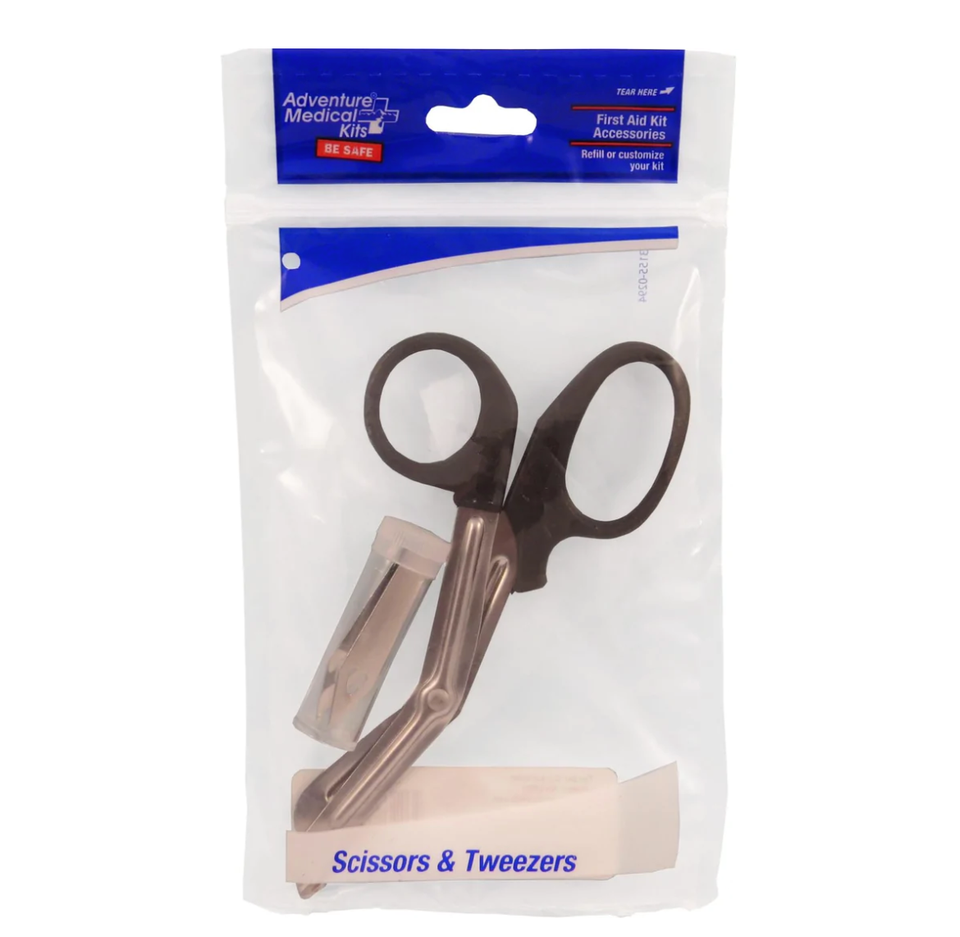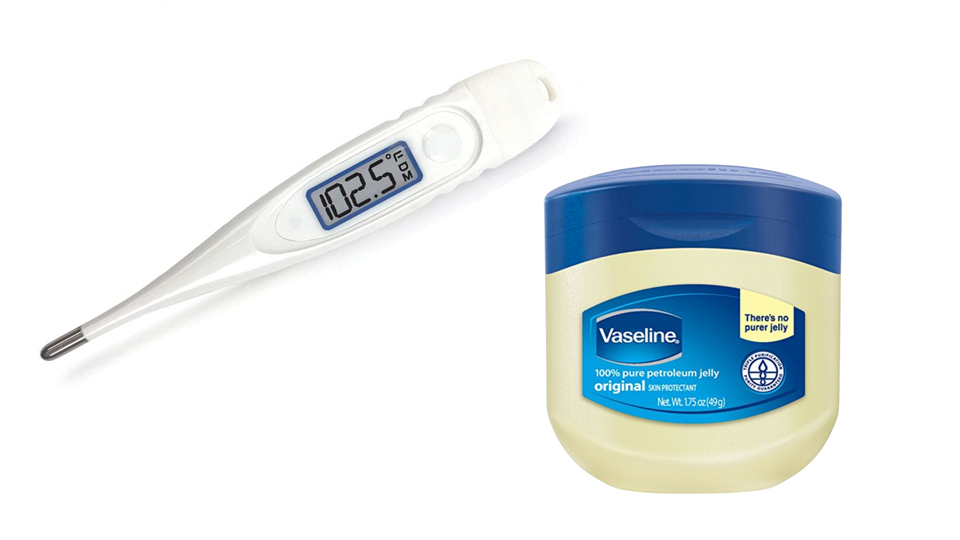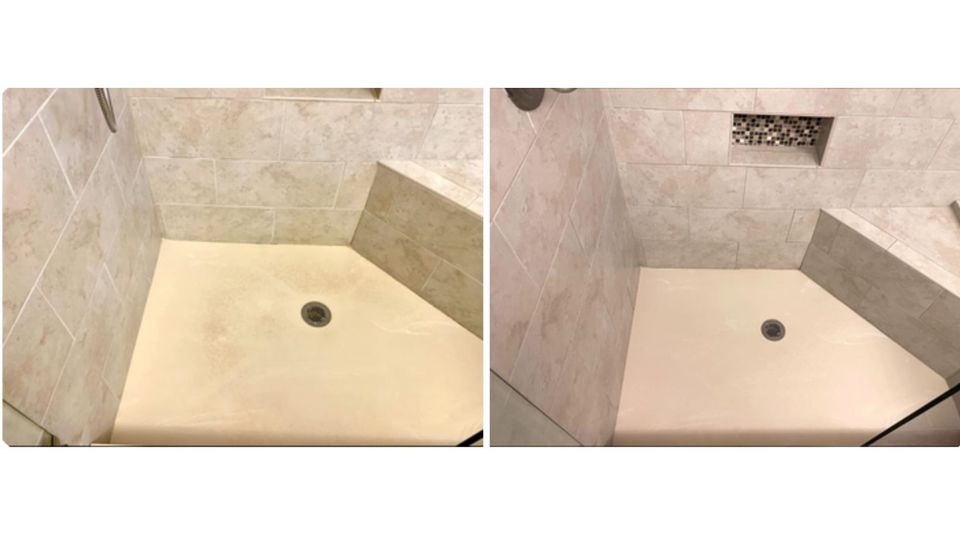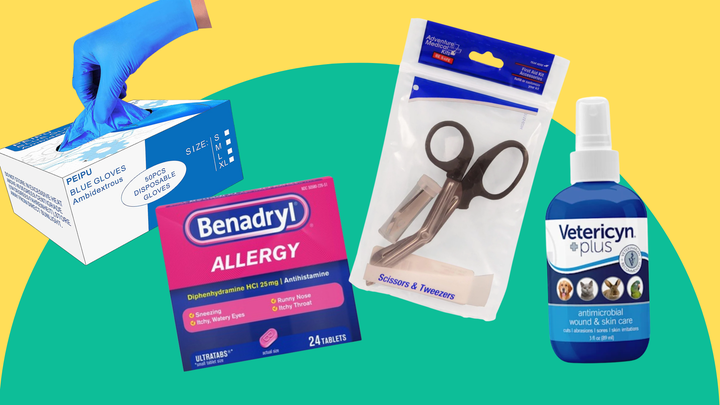
Amazon, The Supply Cache,
1
An organized list of your pet's medical info
Fox recommends having an organized list of information about your pet's age, medical conditions, medications, preferred veterinary emergency hospital and any other pertinent medical information in your emergency kit. This is practically important to share with anyone who is watching your pet, or if you are in an emergency and need someone to look after your them when they are home alone.
Dr. Danielle Bernal of Wellness Pet Company noted that if you're traveling with a pet, you may want to research the nearest vets or pet clinics in your destination and have that information written down in your kit as well.
This print-out set from SweetPeaAndSuzy on Etsy contains pre-made lists for all your pet's needs.
Dr. Danielle Bernal of Wellness Pet Company noted that if you're traveling with a pet, you may want to research the nearest vets or pet clinics in your destination and have that information written down in your kit as well.
This print-out set from SweetPeaAndSuzy on Etsy contains pre-made lists for all your pet's needs.
2
Disposable gloves
Before dressing a wound or doing any first aid, Matejka said you should put on a pair of disposable gloves to keep you and your pet as sanitary as possible.
This pack of 50 gloves is available in four different sizes.
This pack of 50 gloves is available in four different sizes.
3
Wound-dressing basics
Fox said you want to keep some bandaging materials on hand for wound care, mainly gauze pads, pet-safe wrap and rolled gauze. Bernal added that bandages are good to have even for more minor scrapes and cuts.
"Dogs especially can cut themselves out on a walk outside or during rough play at the dog park, so being able to stop that bleeding and prevent a wound from getting any further contaminated is one of the best things a pet parent can do as they make their way to the veterinary clinic," she said.
"Dogs especially can cut themselves out on a walk outside or during rough play at the dog park, so being able to stop that bleeding and prevent a wound from getting any further contaminated is one of the best things a pet parent can do as they make their way to the veterinary clinic," she said.
Advertisement
4
Sterlile saline and a topical antibiotic powder or cream
In addition to bandages and gauze, Bernal suggested stocking up on pet-safe sterile saline to wash potential wounds and topical antibiotic powders or creams to keep them sterile.
"Topical antibiotic powder or cream is great for minor cuts, too," Bernal said.
"Topical antibiotic powder or cream is great for minor cuts, too," Bernal said.
5
A scissors and tweezer set
Fox, Matejka and Bernal all recommend keeping a pair of scissors and tweezers on hand as well. Scissors are good for cutting bandages and the tweezers are great for pulling out any slivers or ticks.
6
A digital pet thermometer and Vaseline
Get your "ewws" out now: Taking your pet's temperature at home likely means going in the back end. For rectal temperature taking, Matejka suggests having a digital pet thermometer on hand. Lippman said you'll want to make sure to have Vaseline as well, for lubrication in the process. "Remember a pet's normal temp is 101-102.5," Lippman said.
Advertisement
7
Eye flush
Matejka suggested keeping pet-safe eye rinse on hand so you can flush your pet's eyes if an irritant gets in them.
8
Kwik Stop styptic powder
"Kwik Stop (styptic powder) is another thing that can be good to have around the house or in a pet emergency kit," said Dr. Jamie Freyer of Veterinarians.org. "This allows you to stop any bleeding that occurs, from a toenail that is cut too close or gets injured outdoors."
Dr. Stephen Meister of Center City Veterinary Hospital in Philadelphia added that styptic powder is good to have "for when nail trims go bad."
Dr. Stephen Meister of Center City Veterinary Hospital in Philadelphia added that styptic powder is good to have "for when nail trims go bad."
9
Benadryl
Dr. Lisa Lippman, a celebrity veterinarian and director of virtual medicine at Bond Vet, suggests keeping Benadryl on hand if it's the basic and classic kind.
"The active ingredient should be diphenhydramine HC only," Lippman told HuffPost. "Benadryl now makes a cold formula that has acetaminophen in it, which is toxic to pets."
Freyer said that Benadryl is good to have ready for any surprise allergic reactions your pet may have, but to always check with a vet before administering it.
"You never know when your pup might be stung by a bee or other insect, or might react to something in its environment," she said. "Make sure to discuss with your veterinarian before giving any medications to your pet."
"The active ingredient should be diphenhydramine HC only," Lippman told HuffPost. "Benadryl now makes a cold formula that has acetaminophen in it, which is toxic to pets."
Freyer said that Benadryl is good to have ready for any surprise allergic reactions your pet may have, but to always check with a vet before administering it.
"You never know when your pup might be stung by a bee or other insect, or might react to something in its environment," she said. "Make sure to discuss with your veterinarian before giving any medications to your pet."
Advertisement
